Mobilizing resources effectively, enhancing destination competitiveness, and promoting sustainable development by sharing benefits and risks are crucial roles in public-private partnerships (PPPs) in the tourism sector. This collaboration also helps reduce the burden on the state budget, encourages participation from both the community and businesses, and creates innovative solutions and higher-quality services.
So, in reality, has public-private cooperation in Vietnam's tourism industry leveraged its strengths and achieved positive results? Ms. Nguyen Thi Hoa Mai, Deputy Director of the Vietnam National Tourism Administration, discussed this issue.
Pressure from the "public-private partnership"
- In your role as a state management agency, do you think tourism in Vietnam has been able to leverage the strengths of public-private partnerships in recent times?
Deputy Director Nguyen Thi Hoa Mai: In recent years, a series of events and programs to stimulate demand, international trade fairs, and digital communication campaigns on numerous platforms have all left their mark on public-private cooperation. This coordination and support has helped expand markets, increase tourist numbers, and clearly affirm Vietnam's position globally, contributing to increased recognition of Vietnam's image worldwide .
We believe that public-private partnerships offer many practical benefits, maximizing social resources while also creating pressure for businesses and communities to participate more deeply in socio-economic development. Thanks to public-private partnerships, tourism businesses can develop more products, improve service quality, and thereby boost their competitiveness regionally and globally.
Tourism is not just a typical business activity for enterprises, but also a social activity that impacts the community and the environment. The role of the State is to protect public interests; businesses are partners in promoting creativity and creating socio-economic benefits.
Through public-private partnerships, we see how the collaboration between businesses and local authorities has created new momentum for destinations and enhanced the overall competitiveness of Vietnamese tourism.
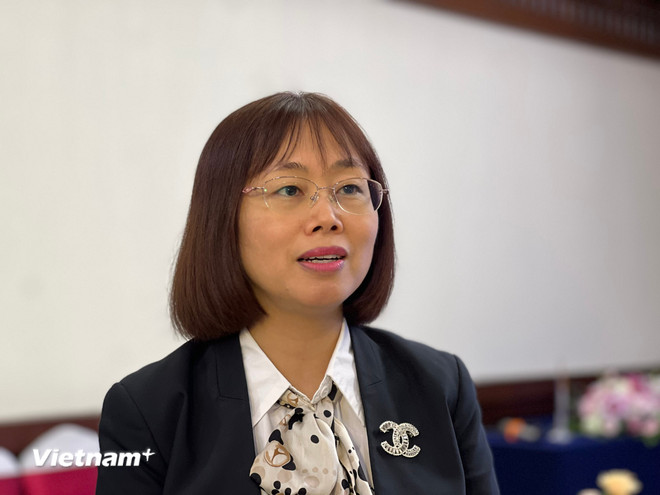
Public-private partnerships are an inevitable direction for Vietnam and around the world. Many countries use this model to promote socio-economic development, including the tourism sector. In Vietnam, the Politburo has issued Resolution 08 on developing tourism into a key economic sector.
We believe that in tourism development, in addition to the decisive direction of the Government and authorities at all levels, there needs to be the joint efforts of the community, localities, businesses, especially travel agencies, accommodation companies and distribution agents.
We believe that the public-private partnership model in Vietnam is currently being implemented very strongly. For example, Da Nang collaborated with Traveloka from 2024 to early 2025, resulting in a remarkable achievement of attracting 5.8 million international tourists. Domestic tourism also showed an upward trend thanks to stimulus packages on Traveloka's online platform.
For example, Hue collaborates with businesses, and Hanoi partners with airlines to promote destinations. Ho Chi Minh City has applied technology to issue e-vouchers to tourists. In particular, through online platforms, people can easily find suitable promotional programs to register for and experience.
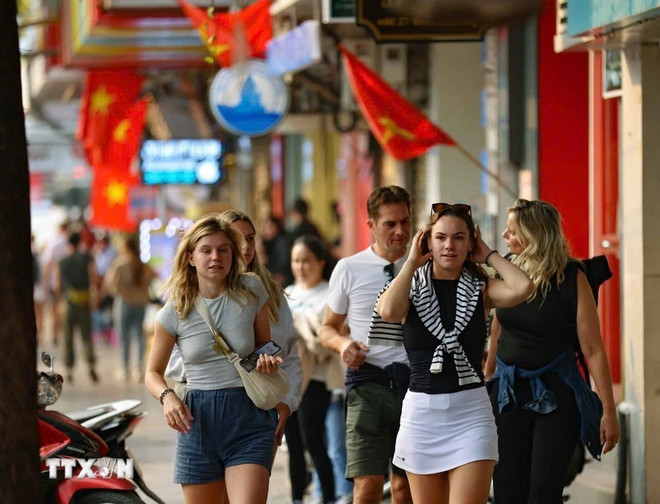
Not only major cities like Hanoi, Ho Chi Minh City, Da Nang, Hue, etc., but many localities are also in need of strengthening their promotion with media campaigns on tourism platforms such as Agoda, Traveloka, Booking.com, etc.
In the coming period, we will strongly promote public-private partnerships to maximize social resources in promoting tourism development, while demonstrating the State's management role through policy mechanisms. We will also connect and create a playing field that ensures the interests of all three parties—businesses, the State, and the people—through stimulus programs.
Breakthrough plan
- The collaborative projects between localities and several online tourism platforms, as you just mentioned, have provided users with more choices in the context of digital transformation. How do you assess this partnership in terms of developing and promoting destinations, and what benefits will the local people receive?
Ms. Mai Hoa: Digital transformation in tourism is clearly an inevitable trend. In Vietnam, the government has also given very strong direction. We are promoting tourism through professional expertise, strengthening cooperation with key markets, and boosting communication and promotion. Currently, not only tourism companies but also localities have connected and partnered with online sales agents such as Agoda, Booking.com, Traveloka…
Da Nang recently collaborated with Traveloka to launch a promotional program offering numerous vouchers on the platform. Ho Chi Minh City will also pilot this model and is expected to officially partner with Traveloka in 2026. The goal is to attract more international tourists to Vietnam and encourage more domestic travel.
I expect that through these stimulus programs, the ultimate goal is for people to experience and connect with each other, to both explore and enjoy, thereby "relaxing" and creating material value for society.
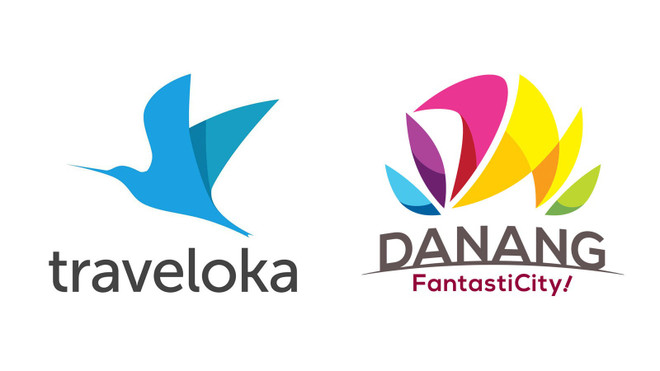
- From now until the end of the year, we must achieve the very high target set by the Government: 25 million international visitors. This means the tourism industry needs to welcome nearly 2 million visitors per month to meet the target. So, could you please tell us what specific plans the National Tourism Administration has made to achieve this breakthrough in the last three months of the year?
Ms. Mai Hoa: With a determined and resolute spirit, we are developing a long-term strategy and will submit it to the Government and the Prime Minister. We also plan to implement short-term programs, at least to ensure accelerated growth in the last three months of the year.
Currently, in addition to stimulus programs and collaborations with international platforms to help localities and businesses increase connections with other entities, enhance the promotion of Vietnam as a destination, and especially increase sales effectiveness, in the long term, we will advise on policy mechanisms to create a more favorable legal framework, making it easier for tourists to visit Vietnam. For example, further relaxing visa policies, improving the quality of service infrastructure, etc.
In addition, we will also strengthen programs to promote the image of Vietnamese tourism in key markets, along with traditional markets, with the goal of achieving double-digit growth as before the COVID-19 pandemic. For potential markets with high spending and long stays, we are also planning to organize promotional programs.
For example, we recently went to India to organize business-to-business (B2B) meetings, connect with local authorities, and promote tourism through film… This is also an innovative solution for promoting and developing tourism in the future.
Thank you for sharing your thoughts.
Source: https://www.vietnamplus.vn/hop-tac-cong-tu-giai-phap-ben-vung-cho-nganh-cong-nghiep-khong-khoi-viet-nam-post1072156.vnp







![[Photo] Prime Minister Pham Minh Chinh holds a phone call with the CEO of Russia's Rosatom Corporation.](/_next/image?url=https%3A%2F%2Fvphoto.vietnam.vn%2Fthumb%2F1200x675%2Fvietnam%2Fresource%2FIMAGE%2F2025%2F12%2F11%2F1765464552365_dsc-5295-jpg.webp&w=3840&q=75)
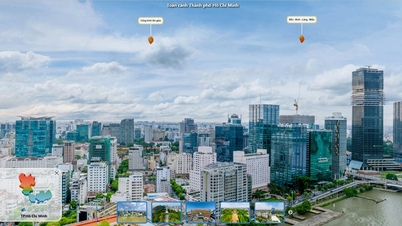

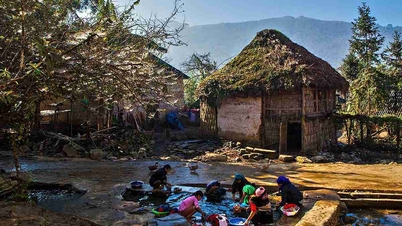

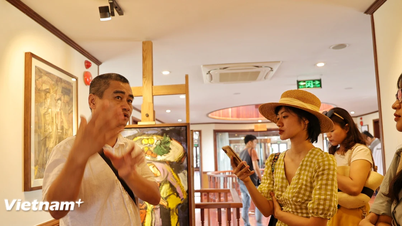


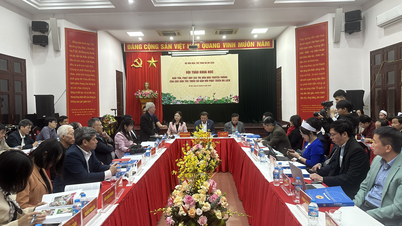

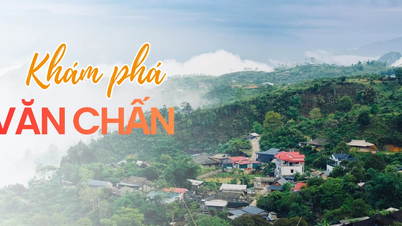













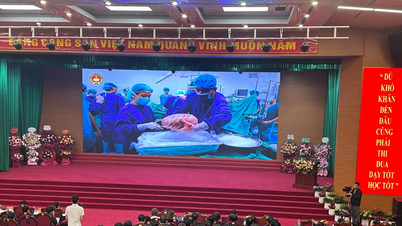







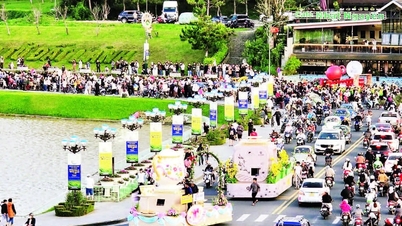

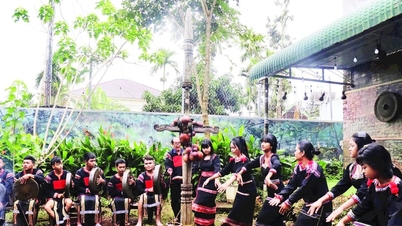
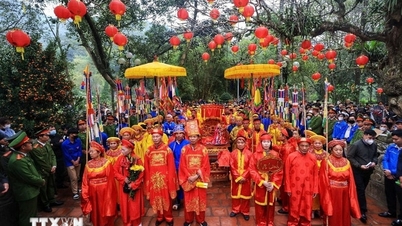





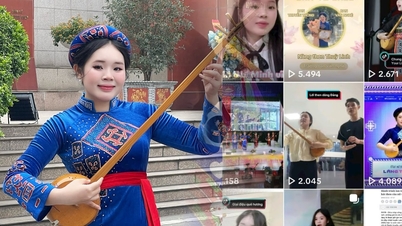


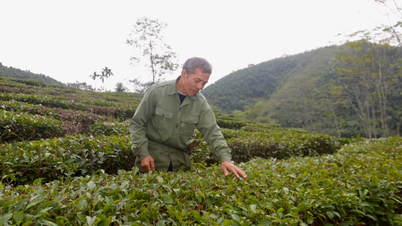



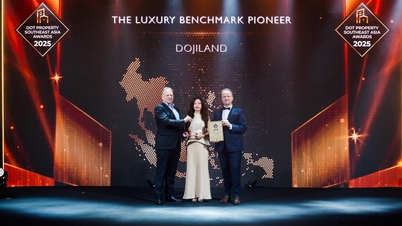

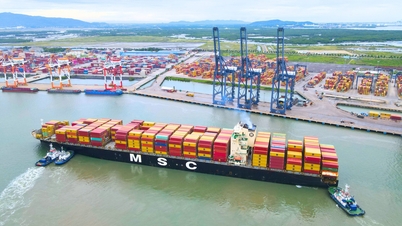
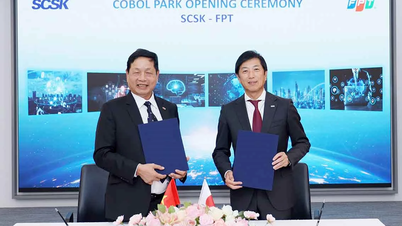

























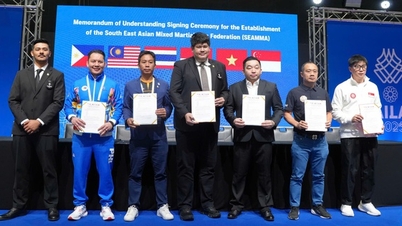




















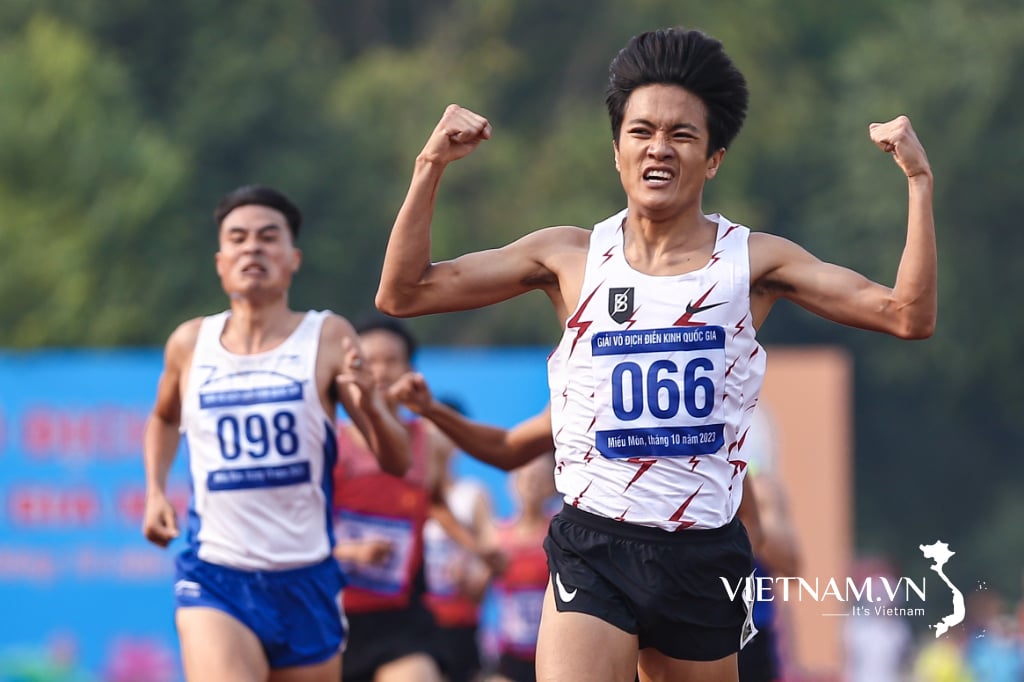


Comment (0)